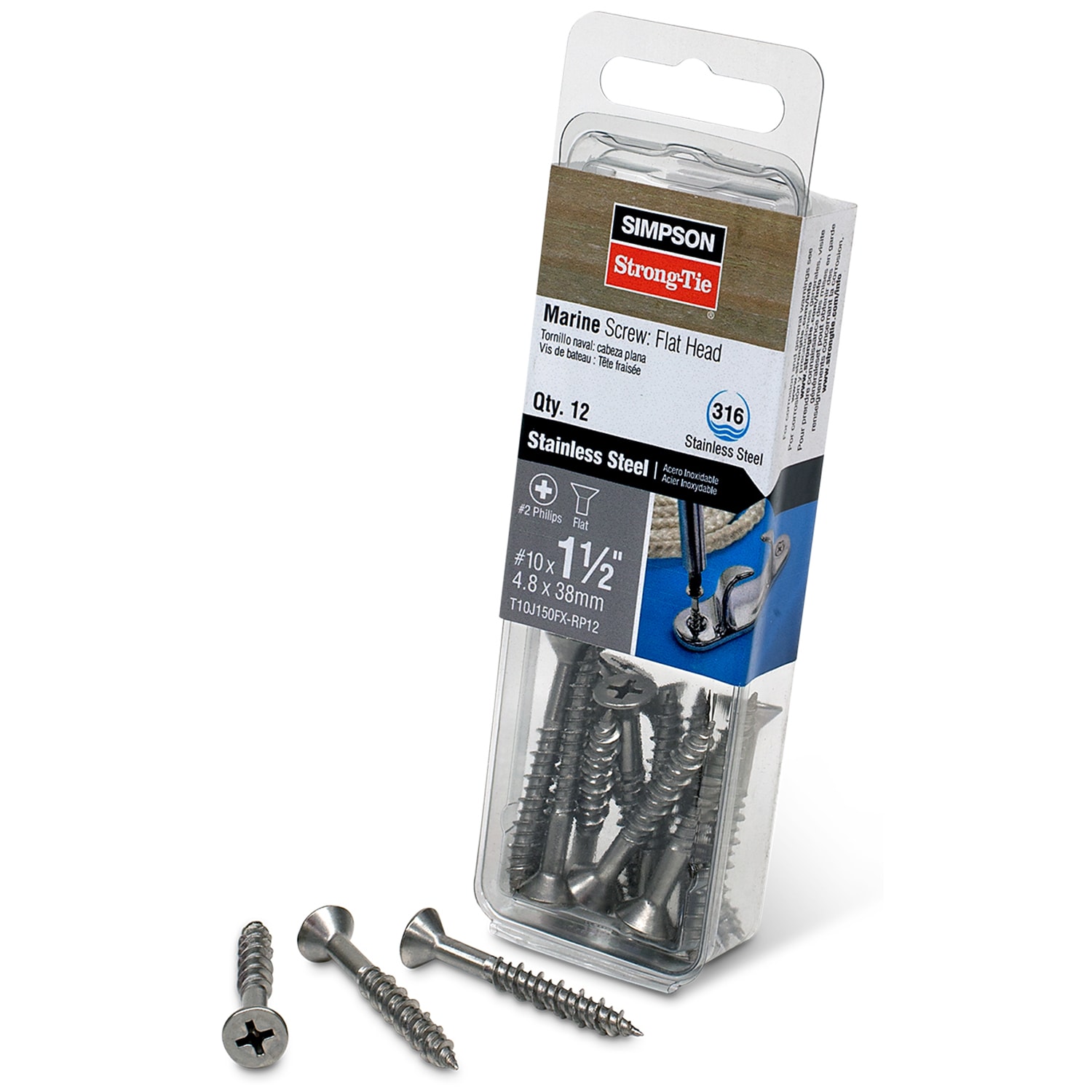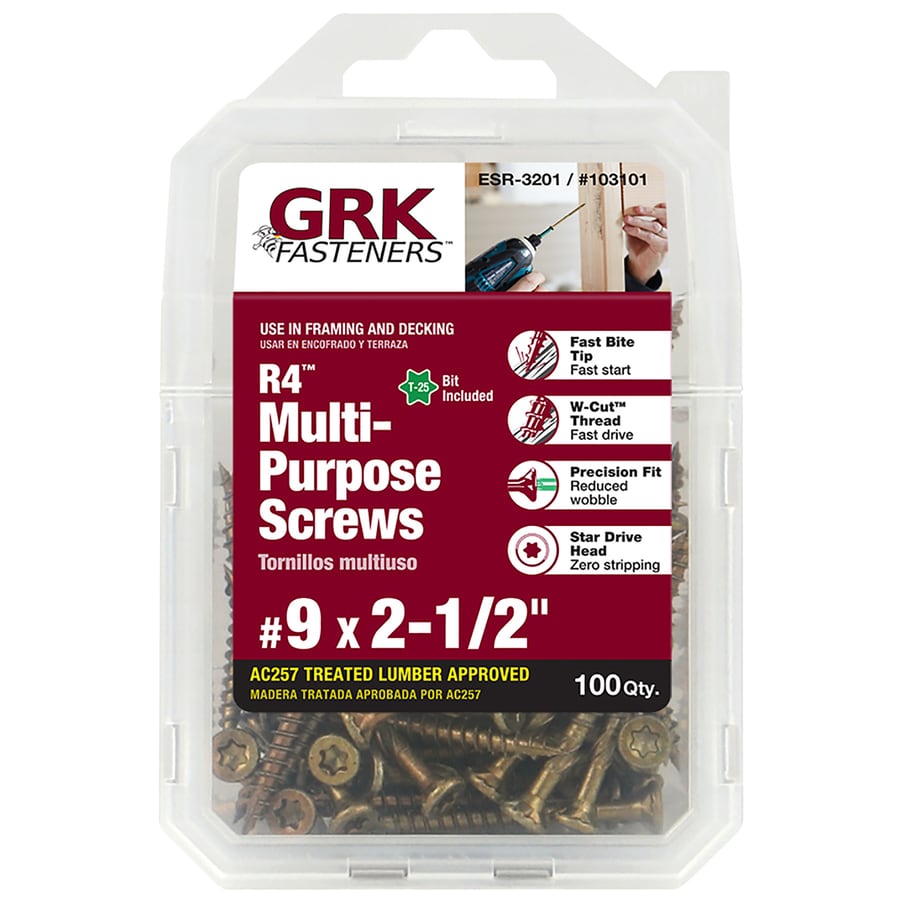Kitchen Cabinet Screws at Lowe’s

Installing kitchen cabinets requires the right screws to ensure stability and longevity. Lowe’s offers a wide variety of kitchen cabinet screws, each designed for specific applications and materials. This guide will delve into the different types of screws available, their advantages and disadvantages, and provide tips on choosing the right ones for your project.
Types of Kitchen Cabinet Screws
Lowe’s offers a diverse range of kitchen cabinet screws, catering to various installation needs and cabinet materials. Understanding the different types available is crucial for selecting the most suitable screws for your project.
- Cabinet Screws: These screws are specifically designed for attaching cabinet faces to cabinet boxes. They are typically made from steel and have a sharp point for easy penetration into wood. Cabinet screws come in various lengths and head styles, including flat head, round head, and countersunk head. They are commonly available in finishes such as zinc-plated, nickel-plated, and black oxide.
- Drywall Screws: While not specifically designed for cabinets, drywall screws can be used for attaching cabinet boxes to walls. They are typically made from steel and have a coarse thread for holding drywall securely. Drywall screws are available in various lengths and head styles, including pan head, bugle head, and self-drilling. They are commonly available in finishes such as zinc-plated, nickel-plated, and black oxide.
- Wood Screws: These screws are versatile and can be used for attaching cabinet parts to each other or for attaching cabinets to walls. They are typically made from steel or stainless steel and have a sharp point for easy penetration into wood. Wood screws come in various lengths and head styles, including flat head, round head, and countersunk head. They are commonly available in finishes such as zinc-plated, nickel-plated, and black oxide.
Advantages and Disadvantages of Different Screw Types
Each type of screw has its own advantages and disadvantages, making it essential to consider the specific application and material when selecting screws.
Cabinet Screws
- Advantages: Cabinet screws are designed for attaching cabinet faces to cabinet boxes, providing strong and secure connections. They are available in various lengths and head styles, allowing for precise installation and aesthetic appeal. Their sharp points make them easy to penetrate into wood, reducing the risk of splitting.
- Disadvantages: Cabinet screws may not be suitable for attaching cabinets to walls, as they may not provide sufficient holding power in drywall.
Drywall Screws
- Advantages: Drywall screws are ideal for attaching cabinet boxes to walls, providing a secure and reliable connection. Their coarse threads offer excellent holding power in drywall. They are available in various lengths and head styles, allowing for customization to suit different installation needs.
- Disadvantages: Drywall screws may not be suitable for attaching cabinet faces to cabinet boxes, as they may not provide sufficient strength for this application.
Wood Screws
- Advantages: Wood screws are versatile and can be used for various cabinet installation applications, including attaching cabinet parts to each other or for attaching cabinets to walls. They are available in various lengths and head styles, providing flexibility for different projects.
- Disadvantages: Wood screws may not be as strong as cabinet screws for attaching cabinet faces to cabinet boxes.
Selecting the Right Screws for Your Project
Choosing the right screws for your kitchen cabinet installation is crucial for ensuring stability, longevity, and a professional finish. Consider the following factors when selecting screws:
Cabinet Material
- Hardwood: For hardwood cabinets, use screws designed for hardwoods, such as cabinet screws or wood screws with a sharp point and coarse thread. These screws will provide strong holding power and prevent stripping.
- Softwood: For softwood cabinets, use screws with a sharp point and fine thread to minimize the risk of splitting the wood. Cabinet screws or wood screws are suitable options.
- Plywood: For plywood cabinets, use screws designed for plywood, such as cabinet screws or wood screws with a sharp point and coarse thread. These screws will provide strong holding power and prevent stripping.
Installation Method
- Attaching Cabinet Faces to Cabinet Boxes: Use cabinet screws designed for this application. They provide strong holding power and prevent stripping.
- Attaching Cabinet Boxes to Walls: Use drywall screws or wood screws designed for attaching to drywall. They provide strong holding power and prevent pulling out of the wall.
Screw Length
- Cabinet Faces to Cabinet Boxes: Choose screws that are long enough to penetrate through both pieces of wood and provide sufficient thread engagement.
- Cabinet Boxes to Walls: Choose screws that are long enough to penetrate through the cabinet box and into the wall stud.
Screw Head Style
- Flat Head: Flat head screws are ideal for flush installations, where the screw head is hidden beneath the surface.
- Round Head: Round head screws are suitable for applications where the screw head is visible.
- Countersunk Head: Countersunk head screws are designed to be recessed into the surface, creating a smooth finish.
Screw Finish
- Zinc-Plated: Zinc-plated screws offer corrosion resistance and a silver finish.
- Nickel-Plated: Nickel-plated screws provide excellent corrosion resistance and a shiny silver finish.
- Black Oxide: Black oxide screws offer corrosion resistance and a black finish.
Tips for Using Kitchen Cabinet Screws
- Pre-drill Holes: Pre-drilling holes in wood before driving screws prevents splitting and makes installation easier.
- Use a Pilot Hole: Use a pilot hole that is slightly smaller than the diameter of the screw to guide the screw and prevent it from wandering.
- Use a Countersinking Tool: For countersunk screws, use a countersinking tool to create a recess for the screw head, creating a flush finish.
- Use a Screwdriver with the Right Tip: Use a screwdriver with the right tip size for the screw to prevent stripping the screw head.
- Drive Screws Straight: Drive screws straight to ensure a secure and aesthetically pleasing installation.
Installation Techniques and Considerations

Installing kitchen cabinet screws properly is essential for a secure and long-lasting installation. Proper techniques ensure that the cabinets are securely attached to the walls or base cabinets, preventing sagging, movement, and potential damage.
Tools and Equipment
The tools and equipment needed for installing kitchen cabinet screws are readily available at most hardware stores.
- Screwdriver or Drill: A cordless drill with a variable speed setting is ideal for driving screws efficiently and accurately. A Phillips-head screwdriver bit is essential for driving cabinet screws.
- Pilot Drill Bit: A pilot drill bit is used to create a starting hole for the screw, preventing the wood from splitting and ensuring a smooth installation. The size of the pilot hole should be slightly smaller than the diameter of the screw thread.
- Countersinking Bit: A countersinking bit is used to create a recess in the surface of the wood for the screw head, creating a flush and professional finish. The countersinking bit should be the same size as the screw head.
- Measuring Tape: A measuring tape is essential for accurately determining the location and depth of screw placement.
- Level: A level ensures that the cabinets are installed horizontally and vertically, creating a visually appealing and functional kitchen.
- Pencil: A pencil is used to mark the location of screw holes and ensure accurate placement.
Drilling Pilot Holes and Countersinking Screws
Drilling pilot holes and countersinking screws is crucial for a professional and secure installation.
- Drilling Pilot Holes: Before driving screws into wood, it is essential to drill pilot holes to prevent the wood from splitting. The pilot hole should be slightly smaller than the diameter of the screw thread. This allows the screw to start smoothly and prevents the wood from cracking.
- Countersinking Screws: Countersinking is the process of creating a recess in the wood for the screw head. This allows the screw head to sit flush with the surface, creating a clean and professional finish. A countersinking bit is used to create the recess, and the bit should be the same size as the screw head.
Important Note: When drilling pilot holes and countersinking screws, always use a light touch to avoid damaging the wood.
Kitchen Cabinet Screws: Kitchen Cabinet Screws Lowes

Choosing the right screws for your kitchen cabinets is crucial for a sturdy and long-lasting installation. While basic knowledge of screw types and sizes is important, there are several other factors to consider for a successful project.
Screw Length and Diameter
The length and diameter of screws are crucial for a secure and durable cabinet installation. The screw length should be sufficient to penetrate the cabinet material and the supporting structure, while the diameter should be appropriate for the screw holes and the strength of the materials involved.
- Cabinet Materials: The thickness of the cabinet materials determines the minimum screw length required. For example, a standard ¾” thick cabinet door requires a screw that is at least 1 ¼” long.
- Installation Methods: The method of installation also affects screw length. If installing cabinets directly into studs, longer screws may be needed to reach the stud. However, if using cabinet clips or other fasteners, shorter screws may suffice.
- Screw Diameter: A larger diameter screw offers greater holding power, but can also damage the cabinet material if the screw holes are not predrilled properly.
Screw Finish
Screw finishes are available in a variety of colors and materials to match cabinet hardware and design aesthetics. The most common finishes include:
- Nickel: A popular choice for its sleek and modern look, often used with brushed nickel hardware.
- Brass: Offers a classic and warm finish, often used with brass hardware or in traditional kitchen designs.
- Black Oxide: Provides a dark, industrial look, often used with black hardware or in contemporary kitchens.
- Stainless Steel: A durable and corrosion-resistant finish, often used with stainless steel hardware or in kitchens with a modern, industrial feel.
Preventing Stripped Screw Holes, Kitchen cabinet screws lowes
Stripped screw holes are a common problem during cabinet installation, leading to loose cabinets and potential damage. Here are some tips to prevent this:
- Predrill Holes: Always predrill holes slightly smaller than the screw diameter to prevent stripping the screw hole.
- Use a Pilot Drill Bit: A pilot drill bit creates a small, precise hole for the screw to start in, preventing the screw from wandering and stripping the hole.
- Avoid Over-Tightening: Over-tightening screws can also strip the hole. Use a screwdriver with a good grip and apply even pressure.
Kitchen cabinet screws lowes – Nah, gue lagi nyari baut buat lemari dapur di Lowes, eh kok tiba-tiba kepikiran, kalo lemari kamar mandi di rumah tuh udah mulai jelek, kayaknya perlu diganti deh. Lumayan nih, bisa pake cermin dari IKEA bathroom wall cabinet mirror , biar kamar mandi jadi keliatan lebih kece.
Tapi balik lagi, baut buat lemari dapur tuh masih belum ketemu, gue harus balik ke Lowes lagi deh.
Ngomongin sekrup buat kabinet dapur di Lowes, eh inget nih, kalo lagi nyari lemari pajangan buat koleksi piring kesayangan, mendingan liat-liat dulu china cabinet fantastic furniture yang cakep-cakep. Biar dapet lemari yang pas buat koleksi, sekalian sekrup buat pasanginnya juga di Lowes.
Hehehe, serba lengkap!
